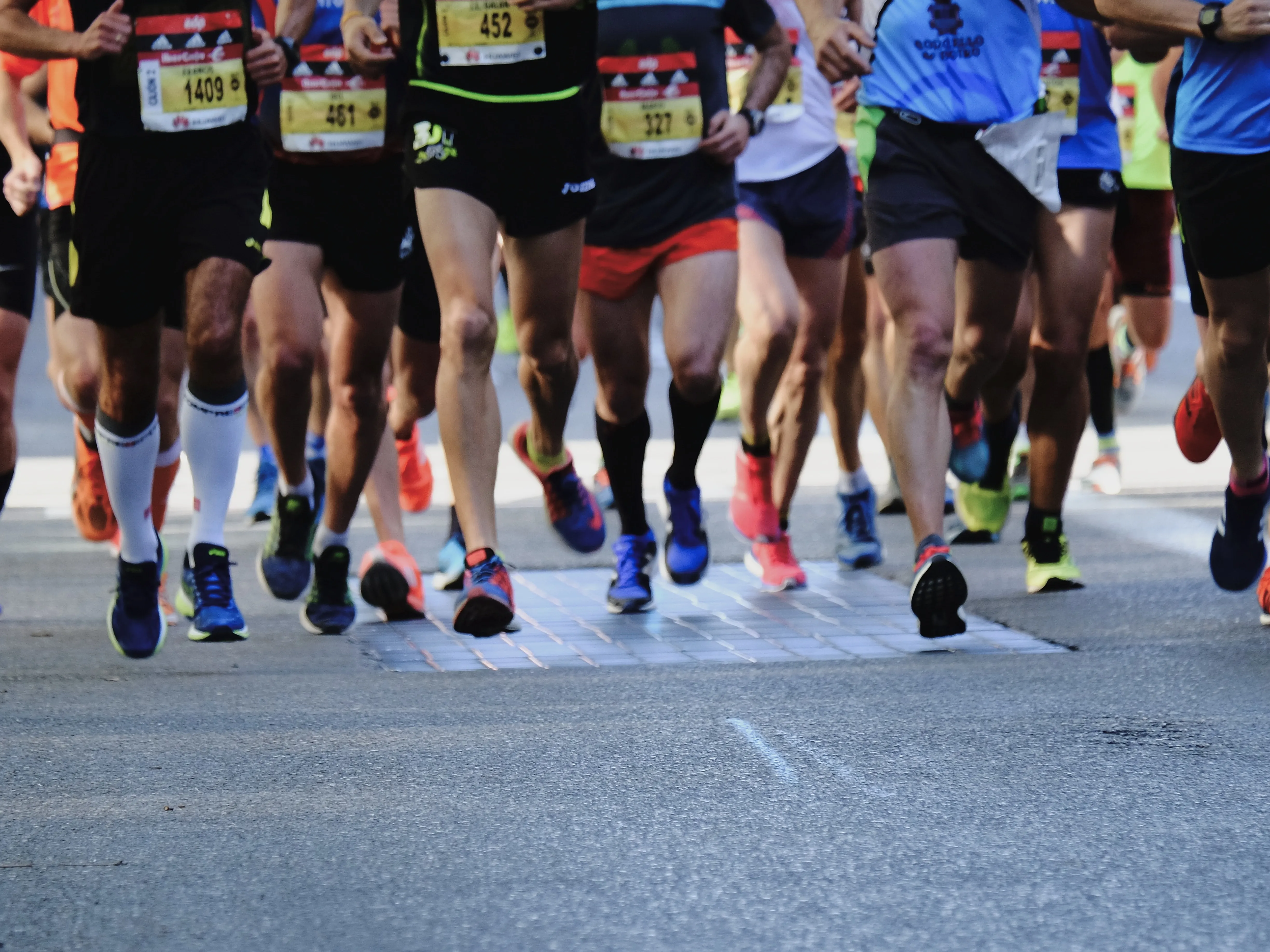
Getting Started
Thinking about running a 5K? This simple feat of endurance is an excellent starting point for anyone new to running, and even veteran runners often use 5K races to keep their training on track. However, training for a race requires a bit more planning and strategy than just lacing up and hitting the pavement. To help you meet your goal, we have compiled a step-by-step guide.
Phase One: Building Your Base
The initial phase of any fitness routine should be focused on building a solid base. This requires gradually increasing the distance you run over time to improve your endurance.
Week 1-2: Start by running, walking, or a combination of both for 20 minutes, three days per week.
Week 3-4: Each week, gradually increase your running time by 10%, while maintaining three running days per week.
Phase Two: Increasing Speed
Once you’ve gotten comfortable running continuously for a while, the next step in your training is to start increasing your speed.
Week 5-6: Continue running three days per week. One of these days should be your “long run” day. Aim to increase the length of your long run each week by about 10%.
Week 7-8: Start incorporating speed workouts into one of your other running days. This can be interval training, tempo runs, or hill sprints.
Phase Three: Race Preparation
In the last few weeks leading up to the race, your goal should be to get your body familiar with running the 5K distance.
Week 9-10: Keep up with your running schedule, but begin to scale back the distance of your long run. This will help you avoid overtraining before the race.
Race Week: In the days leading up to the race, cut back on your running to give your body some time to rest and recover. Your last run should be two or three days before the race and no more than 20 minutes long. Remember to hydrate, stretch, and eat a balanced diet.
Race Day
On race day, make sure to keep your routine as normal as possible. Don’t try any new foods, drinks, or apparel. Use the gear you’ve trained with, as the body is comfortable and adjusted to them. Start the race at a pace you’re comfortable with, and remember that it’s okay to slow down and rest if you need it.

In the end, enjoy the process of training for and running a 5K. It’s a significant accomplishment that requires commitment, stamina, and mental strength. So no matter where you place in the race, you should be proud of what you’ve achieved!





